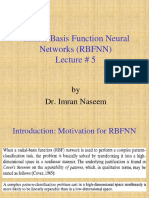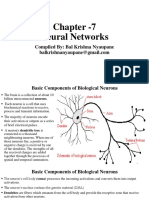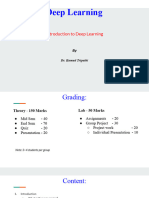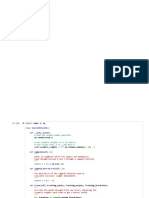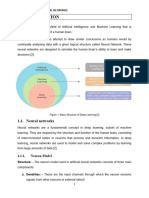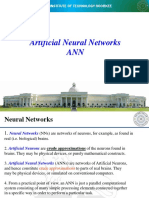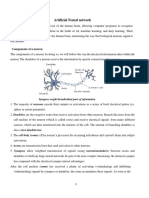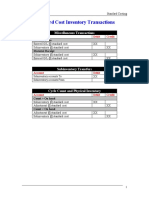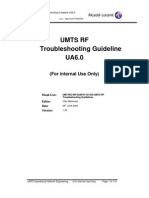100% found this document useful (1 vote)
160 views25 pagesNeural Networks Basics
This chapter introduces neural networks and their basic concepts. It defines a neural network as a massively parallel distributed processor made up of simple units that can store experiential knowledge through a learning process. Knowledge is represented by connection strengths between neurons called synaptic weights. The chapter outlines key benefits of neural networks and describes the basic structure and function of the human brain as a neural network, as well as comparisons between biological and artificial neural networks. It introduces common neuron and activation function models used in neural networks.
Uploaded by
Ranit NathCopyright
© © All Rights Reserved
We take content rights seriously. If you suspect this is your content, claim it here.
Available Formats
Download as PDF, TXT or read online on Scribd
100% found this document useful (1 vote)
160 views25 pagesNeural Networks Basics
This chapter introduces neural networks and their basic concepts. It defines a neural network as a massively parallel distributed processor made up of simple units that can store experiential knowledge through a learning process. Knowledge is represented by connection strengths between neurons called synaptic weights. The chapter outlines key benefits of neural networks and describes the basic structure and function of the human brain as a neural network, as well as comparisons between biological and artificial neural networks. It introduces common neuron and activation function models used in neural networks.
Uploaded by
Ranit NathCopyright
© © All Rights Reserved
We take content rights seriously. If you suspect this is your content, claim it here.
Available Formats
Download as PDF, TXT or read online on Scribd
/ 25

